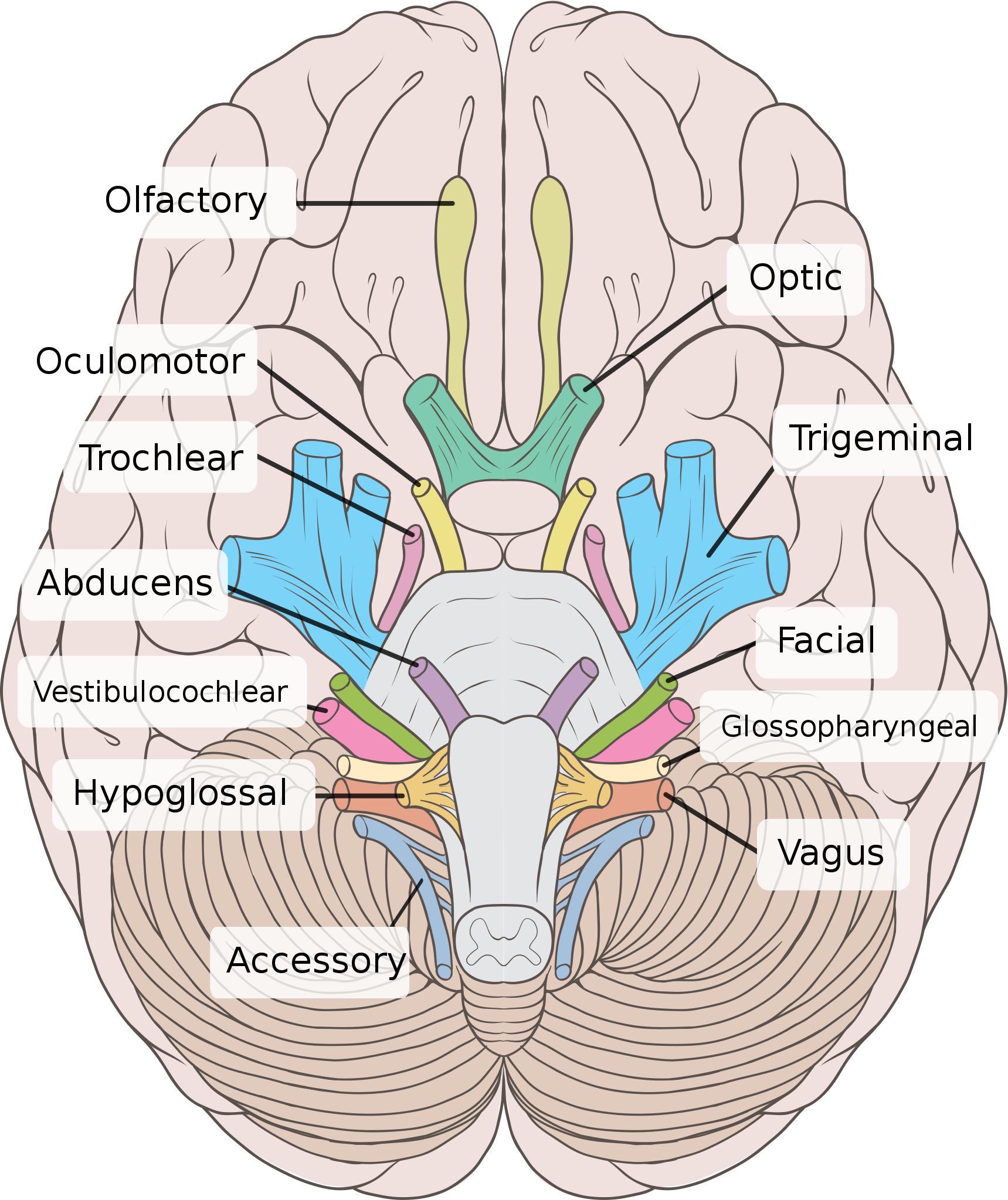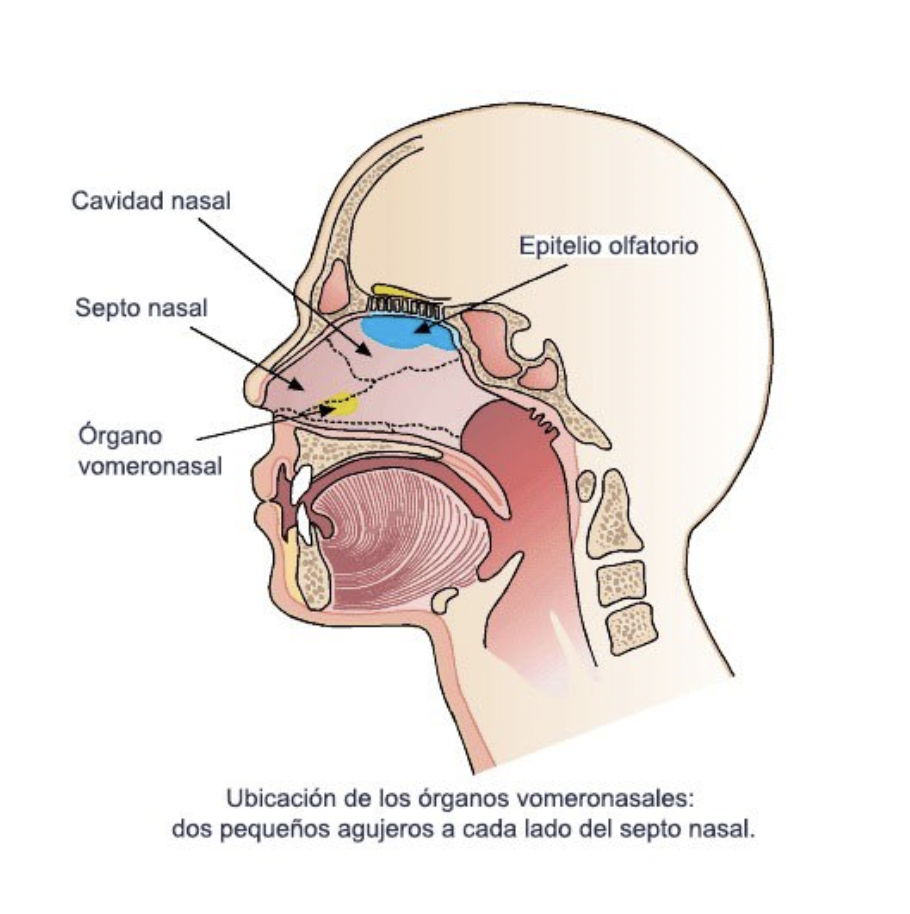
Breathing exercises sometimes just heighten anxiety (photo by pexels/gelatin)
Welcome to a guided journey through the 13 cranial nerves! (If you want to read the first of the series and watch the video, go HERE).
This month we continue exploring cranial nerve “0” (not shown above because it’s so recently discovered!) which carries information from the vomeronasal organ inside our nostrils to our brain. This information, even if it’s mostly vestigial, contributes to our sense of smell through the perception of pheromones. I love this mysterious organ because…you can’t even exercise it, improve it, or boss it around. You can pretty much only be curious and enjoy it! This state of curiosity about your body is, in my opinion, much more healing than any exercise you can do.
Besides, have you ever committed yourself to doing a certain kind of exercise, only to find yourself not following through on the commitment for one of these reasons:
1) You get bored with the repetition and sameness of the physical experience.
2) You don’t actually understand why the exercise is done the way that it is – you don’t understand the how of it, even if you understand the why.
3) You don’t really want to do the exercise because it doesn’t feel good.
This problem has plagued me, even when it comes to one of the most pleasurable things in the world: breathing! For me, and many folks, the minute we bring our attention to our breathing, it gets tighter and more restricted and just makes us more anxious. Many breathing exercises which say they will calm you down involve holding your breath – which for me just increases anxiety.
If you simply enjoy the sensation of air going out and coming in your nostrils, and you include that awareness in everything you do, your breathing and emotional state will improve over time, your exercise will feel better and be more fun, and it will benefit you more.
Is that too radical???
It’s really easy to use exercises and practices in a way that can actually make your anxiety and discomfort worse – by trying to change your actual experience, ignore it, or conquer it.
Furthermore, if you do a breathing exercise for 15 minutes a day and ignore your breathing (and your body) for the rest of the day, chances are it won’t have much effect. What’s really needed is to integrate what you learn about your body into your daily life in a way that is fun and interesting.
Walter Carrington, a long-time first-generation teacher of the Alexander Technique, was cherished for his ability to put people at ease in general, and specifically regarding breathing. Here is what he had to say about it. His words describe my own early attempts to work on breathing perfectly:
“When you talk to almost anybody about breathing, and they start giving special attention to their breathing, they start noticing their ribs or they start noticing their diaphragm, or they start noticing all sorts of different areas in the body. And if you pay attention to what’s happening in different parts of the body, the temptation to do something about it, particularly if you don’t like what’s happening, if you feel that you’re fixed or there’s too much movement, is pretty overwhelming. But if you simply content yourself with focusing on the nose and asking the question, “It the air flowing or isn’t it?” then at least you’re not going to interfere with your breathing and make it worse.”
And you can do this at any point during your day, while you are in activity.
Stay tuned for one more newsletter on the nostrils – and then we will move on to Cranial Nerve 1, the olfactory nerve! Just to tempt you to follow along, here is an illustration of all 12 (Nerve 0 is still being debated).
If you’d like to have my expert yet open hearted guidance through the Cranial Nerve Sequencing process, you can go HERE to book a 15 minute consultation to find out if it’s what you need; and you can go HERE to find out more about the process and sign up for a series of 13 lessons for $1000.



